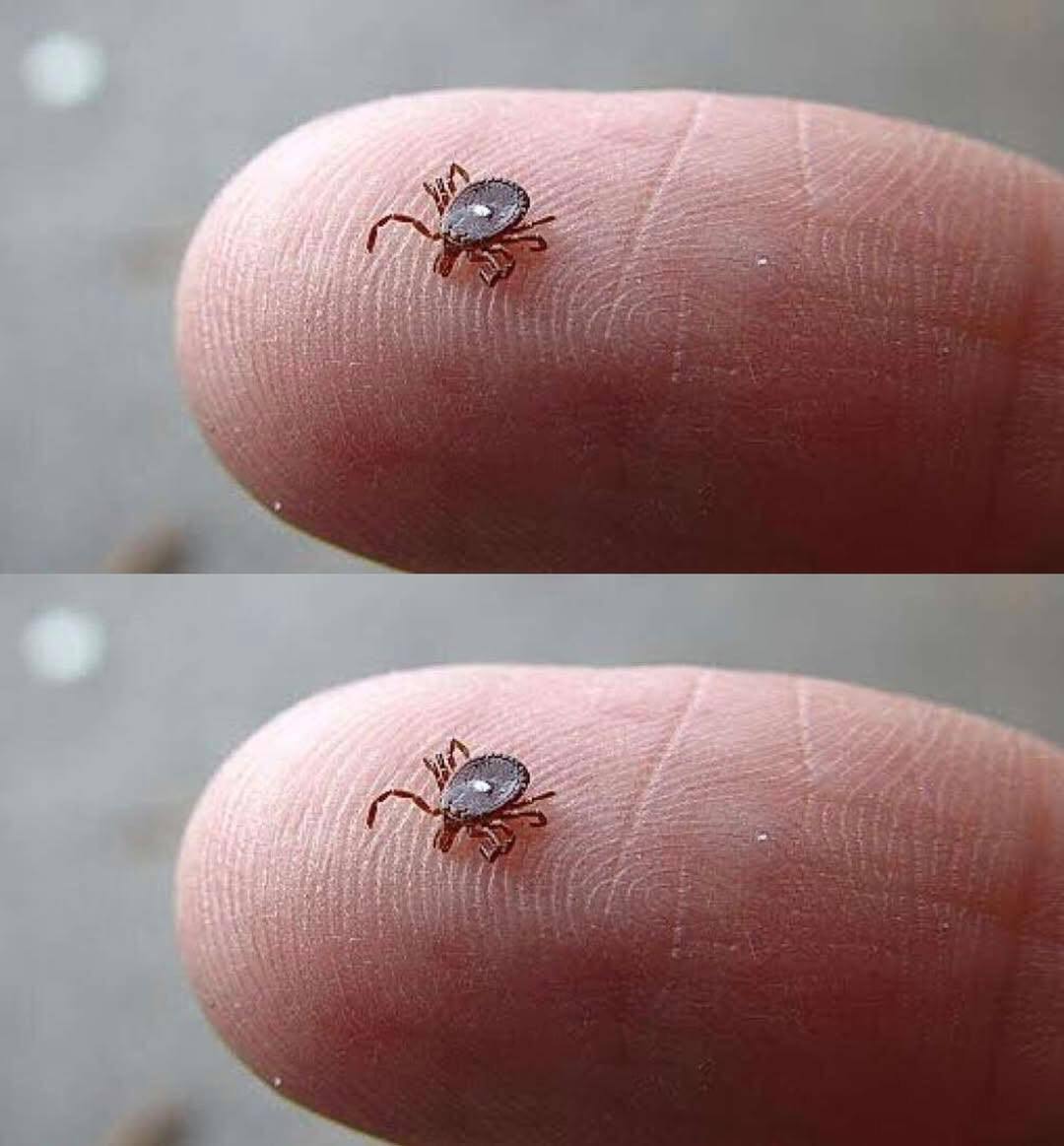
A few weeks ago, I was in the backyard wrestling with my ancient, half-broken lawnmower. My golden retriever, Mochi, was stretched out under our oak tree, blissfully ignoring my efforts.
While mowing, I suddenly felt a weird, itchy sensation on my ankle—like a tickle, but not quite. Assuming it was just a mosquito, I looked down and spotted something far worse: a tiny black speck firmly attached to my skin.
I instinctively removed it, and there it was—an unmistakable lone star tick, easily recognized by the white dot on its back.
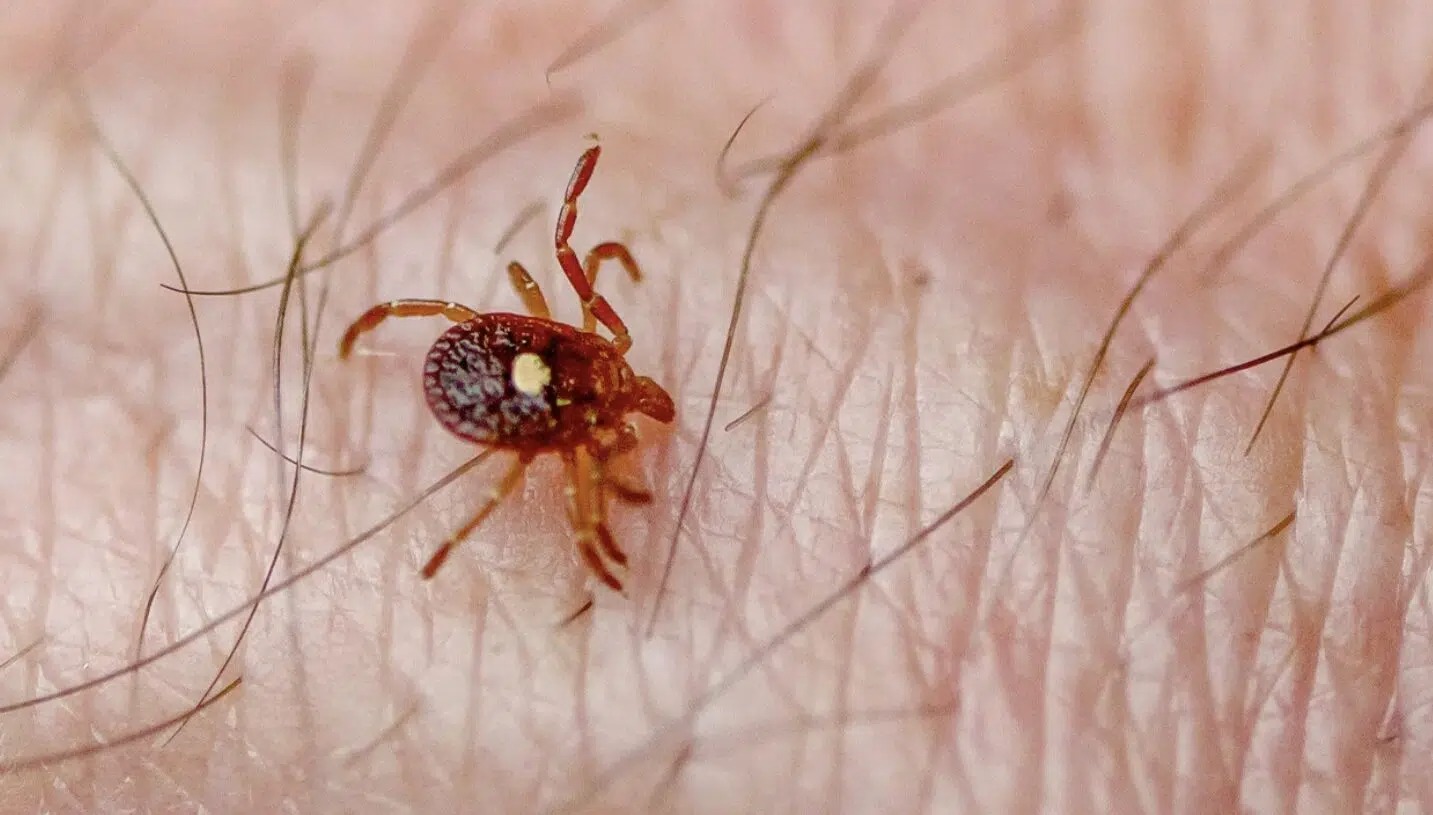
Now, I’m usually pretty chill with nature. Mosquito bites? No problem. Bee stings? Painful, but manageable. But ticks? Nope. Ticks send me into full-on meltdown mode. They’re not just gross—they’re potentially dangerous.
This was my first encounter with a tick, and it had to be one of the worst kinds: the lone star tick. If you’ve met one, you already know the kind of panic that follows.
What Makes the Lone Star Tick So Creepy?
Let’s take a moment to appreciate just how awful these little monsters are. Named for the white spot on the female’s back, lone star ticks aren’t your typical wait-and-latch-on pests—they actively seek out their hosts.
That’s right. These things hunt you down. Just thinking about it makes me itchy all over again. If you spend time in wooded or grassy areas, you’ll want to stay alert.
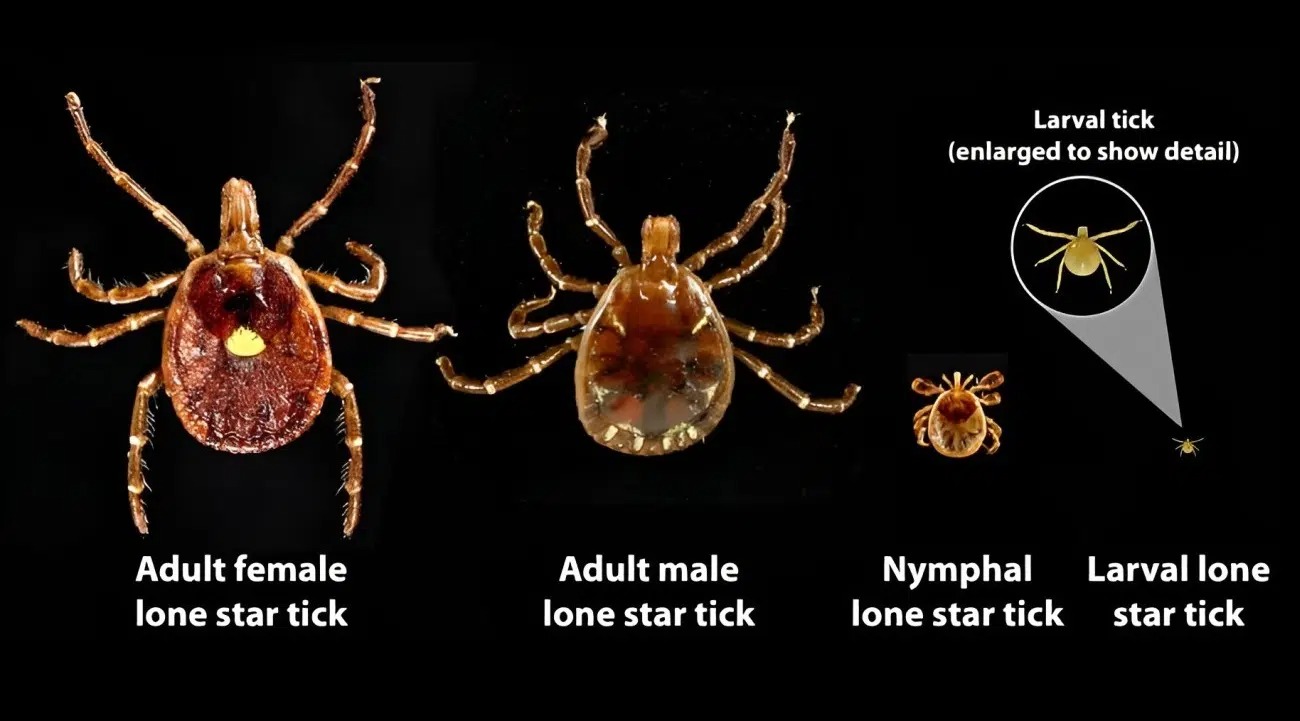
Don’t Panic (Even If I Did)
I wish I could say I stayed calm when I found that tick, but that would be a lie. I freaked out. But ideally, you should try to stay calm and act quickly. The longer the tick is attached, the more likely it is to transmit something nasty.
Use fine-tipped tweezers to remove the tick gently. Grab it as close to your skin as possible and pull it out slowly—don’t twist or yank it, or the mouthparts might break off.
Afterward, clean the area with soap and water or rubbing alcohol. And do not crush the tick with your fingers unless you want a bunch of gross pathogens on your hands (ugh).
Save the Tick and Watch the Spot
Here’s a mistake I almost made: tossing the tick far, far away. But no—capture it! Tape it to a card or seal it in a container so your doctor can see it if needed. Also, write down the date and where on your body the tick was attached.
Keep an eye on the spot for the next few weeks. Watch for a rash, redness, fatigue, fever, or muscle aches. If anything weird shows up, don’t wait—call your doctor immediately. And yes, I may be a nervous wreck, but that doesn’t mean the advice is wrong!
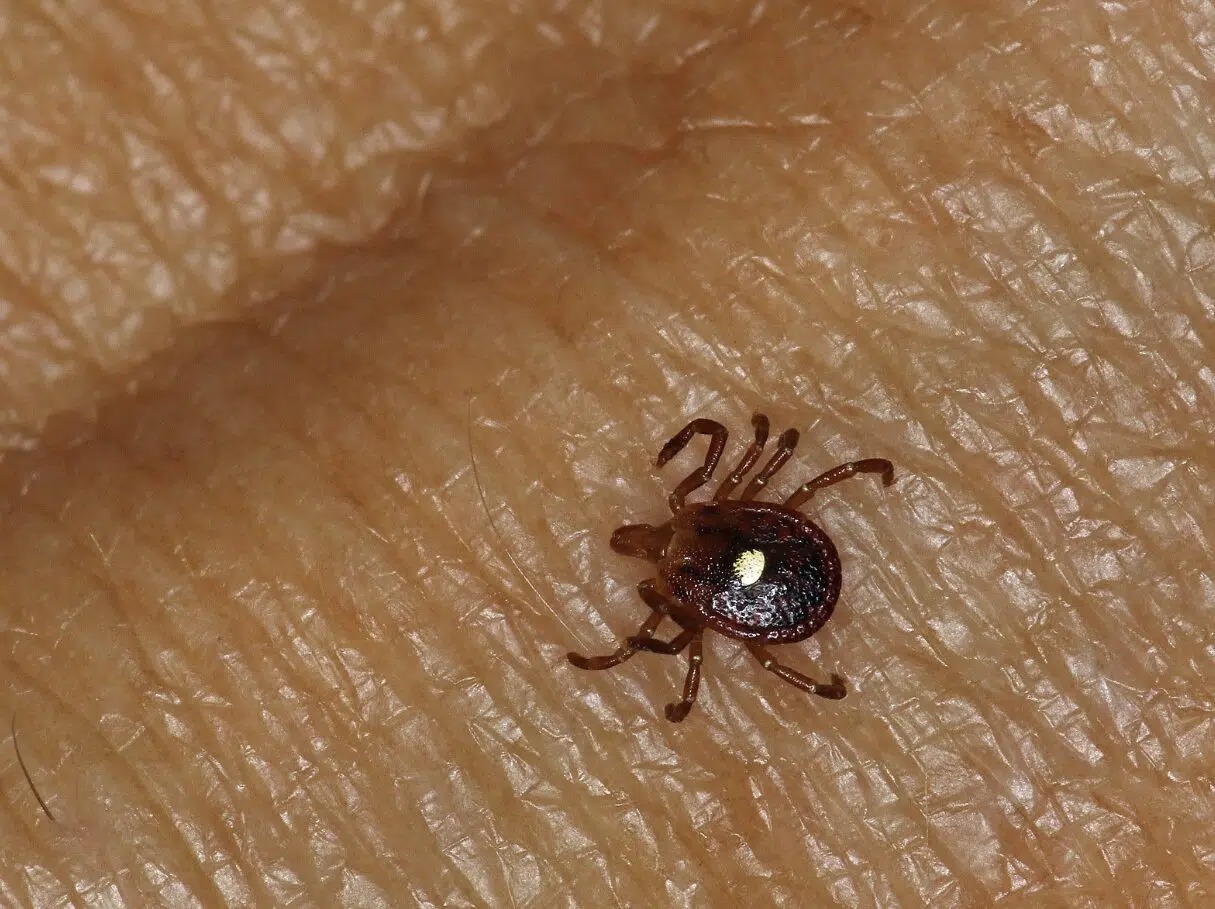
Preventing Future Tick Terrors
If you’re headed outdoors where ticks like to hang out, take precautions. Wear long sleeves, tuck pants into socks (fashion fail, but worth it), and use repellents with DEET, permethrin, or picaridin. After returning indoors, thoroughly check yourself, your kids, and your pets.
To tick-proof your yard, keep the grass short, clear out fallen branches and brush, and create a barrier—like gravel or wood chips—between your lawn and wooded areas.
If they’re really bad in your area (which they usually are), consider treating your yard with pesticide. My husband and I are planning to do that soon.
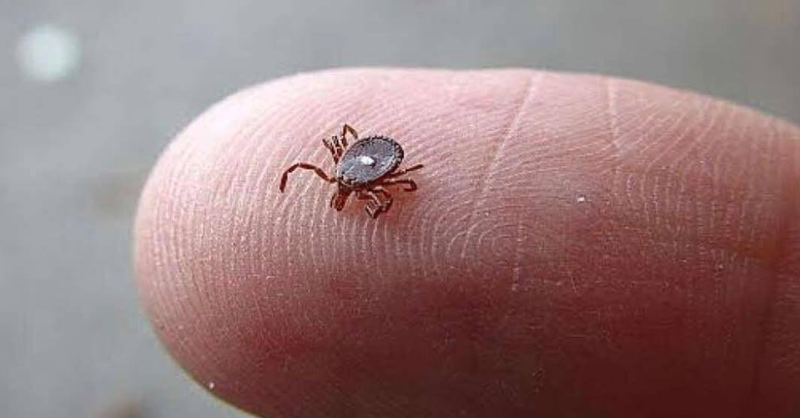
Final Thoughts (and a Bit of Sympathy)
If you ever find yourself face-to-face with a lone star tick, I know exactly how freaked out you’ll feel. It’s gross, it’s scary, and it feels incredibly violating. But take a breath—you can handle it. Know what to do, act fast, monitor your health, and do what you can to avoid it happening again.
Because if I can deal with it—screaming, itching, crying, and all—so can you.